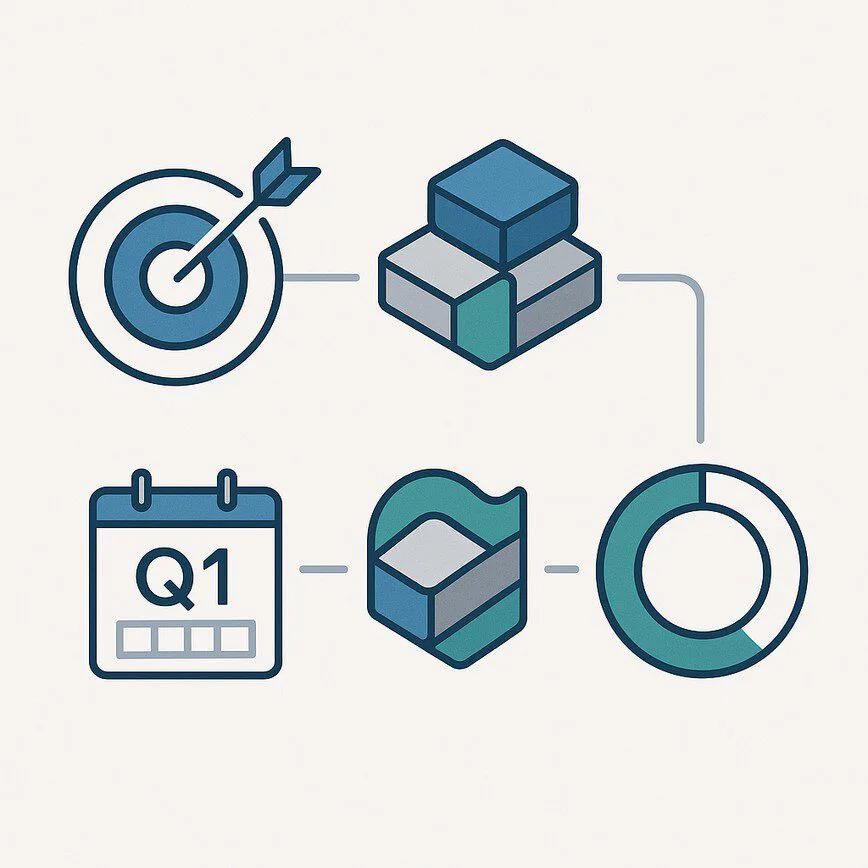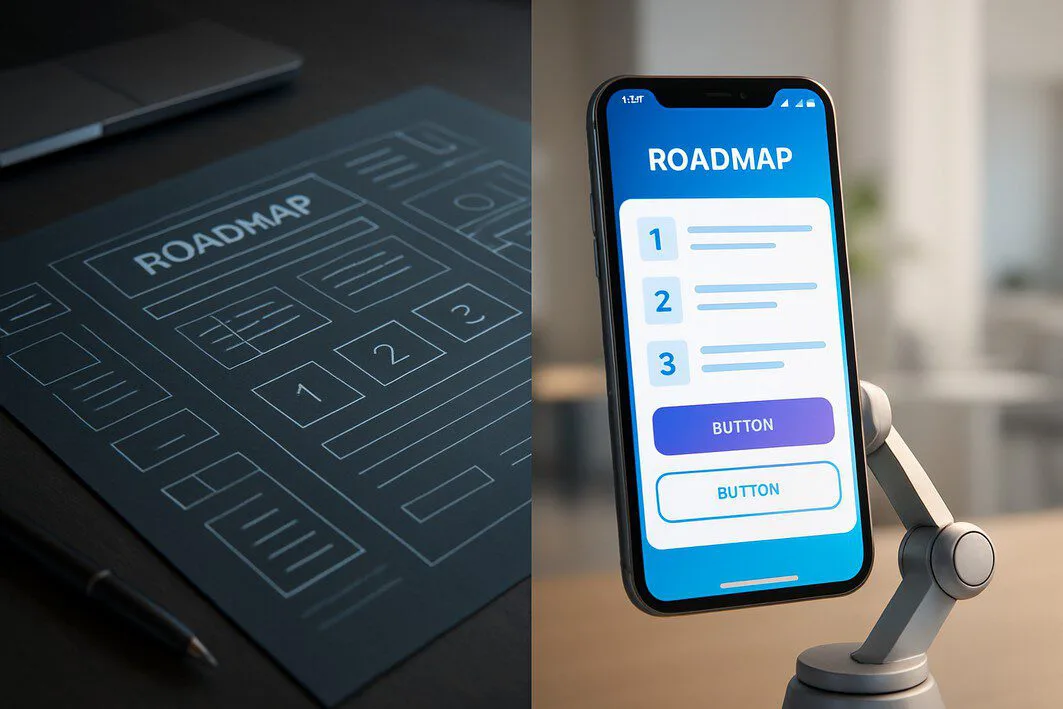Ever felt like your team is building features without a clear destination in mind? You know you’re busy, but are you making progress on what truly matters? If this sounds familiar, you need a product roadmap. But what is a product roadmap, exactly?
Table of Contents
Think of it as the GPS for your product’s journey. It’s a high-level, strategic document that outlines the vision, direction, priorities, and progress of a product over time. In this quick visual guide, we’ll break down what a roadmap is, why it’s essential, and show you a simple example to get you started.
The Simple Definition of a Product Roadmap
A product roadmap is a visual summary that maps out the “why” and “what” behind your product strategy. It’s not a detailed project plan filled with granular tasks (that’s a backlog). Instead, it communicates the big picture to stakeholders, aligns teams around common goals, and guides the prioritization of new features and initiatives.
At RenewGenius, our comprehensive solar knowledge base was built on a similar principle: start with the big picture—helping homeowners understand solar—and then fill in the details. A roadmap does the same for your product, ensuring every piece you build contributes to the larger vision.
Why is a Product Roadmap So Important?
A well-crafted roadmap is more than just a pretty chart; it’s a critical tool for success. Here’s why it’s indispensable:
- Secures Stakeholder Alignment: It provides a single source of truth for executives, investors, marketing, and sales teams, ensuring everyone understands the product’s direction and goals.
- Facilitates Communication: It clearly communicates the strategic thinking behind your product decisions. Why are we building Feature A before Feature B? The roadmap tells that story.
- Improves Prioritization: It forces you to make tough but strategic decisions about what to work on now, what to tackle next, and what to leave for later.
- Focuses the Development Team: It gives engineers and designers the context they need to build better solutions, connecting their day-to-day work to the company’s strategic objectives.
Key Components of a Product Roadmap

While roadmaps can vary, most effective ones contain a few core elements. Think of these as the essential landmarks on your map.
-
Goals & Initiatives
This is the “why.” What business objective does this roadmap support? Are you trying to increase user acquisition, improve retention, or enter a new market? Initiatives are the high-level efforts that will help you achieve those goals.
-
Themes & Epics
This is the “what.” Instead of listing tiny features, group work into broad themes. For example, a theme for a residential solar app might be “Improve Onboarding Experience” or “Simplify Energy Monitoring.” This keeps the roadmap strategic and prevents it from getting bogged down in minor details.
-
Timelines & Milestones
This is the “when.” Most roadmaps use broad timeframes like quarters (Q1, Q2, Q3) or phases (Now, Next, Later) rather than specific dates. This provides direction while allowing for flexibility as you learn more from your customers and the market.
-
Status & Metrics
This is the “how are we doing?” Indicate the status of major initiatives (e.g., In Discovery, In Progress, Launched) and the key metrics you’ll use to measure success.
A Simple Product Roadmap Example
To make this tangible, here is a simplified product roadmap example for a fictional company launching a new home energy monitoring app. Notice how it’s organized by themes and quarters, not specific deadlines.
| Timeline | Theme: User Onboarding | Theme: Core Monitoring | Theme: Cost Savings |
|---|---|---|---|
| Q1 | Goal: 90% user setup completion rate.
|
Goal: Provide real-time data.
|
Goal: Demonstrate value.
|
| Q2 | Goal: Increase engagement.
|
Goal: Enhance data visualization.
|
Goal: Refine ROI accuracy.
|
| Q3 | Goal: Drive social proof.
|
Goal: Add comparative insights.
|
Goal: Proactive savings tips.
|
This example shows how a roadmap connects strategic goals (like user engagement and demonstrating value) to the work being done, which is crucial when developing solutions for a specific audience, like our focus on residential solar solutions.
From Roadmap to Reality

A product roadmap is your strategic guide, but it’s just the first step. Once you have your “why,” “what,” and “when” mapped out, the real work of turning that vision into a tangible product begins. This involves deep market research, design, engineering, and testing. The roadmap ensures that all these efforts are pointed in the right direction from the very beginning.
To successfully navigate this journey, it’s vital to understand the complete product development process.
Your Roadmap to Success
A product roadmap is an essential communication tool that transforms your product strategy from an idea into an actionable plan. By visualizing your goals, themes, and timelines, you align your entire organization and empower your team to build products that truly matter to your customers.
Ready to make an informed decision about your own home energy? Explore our guides and resources to start your solar journey with confidence.

